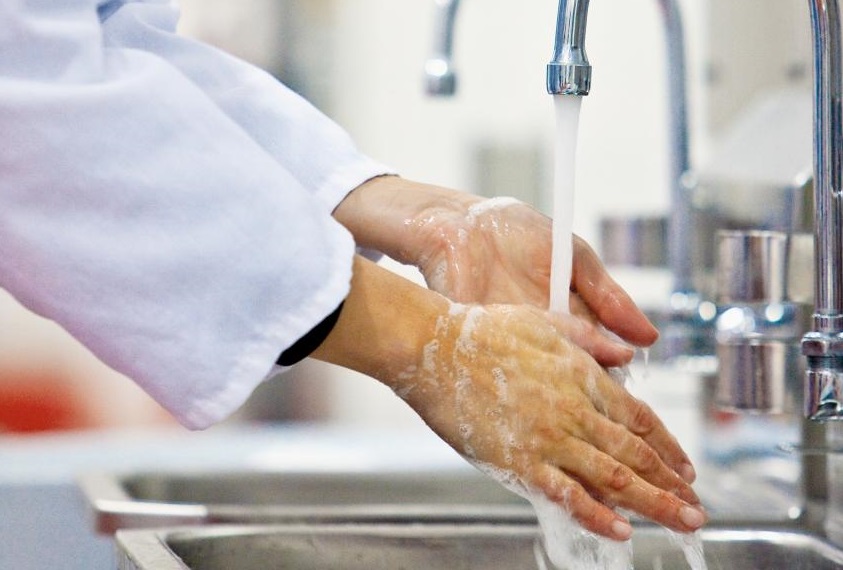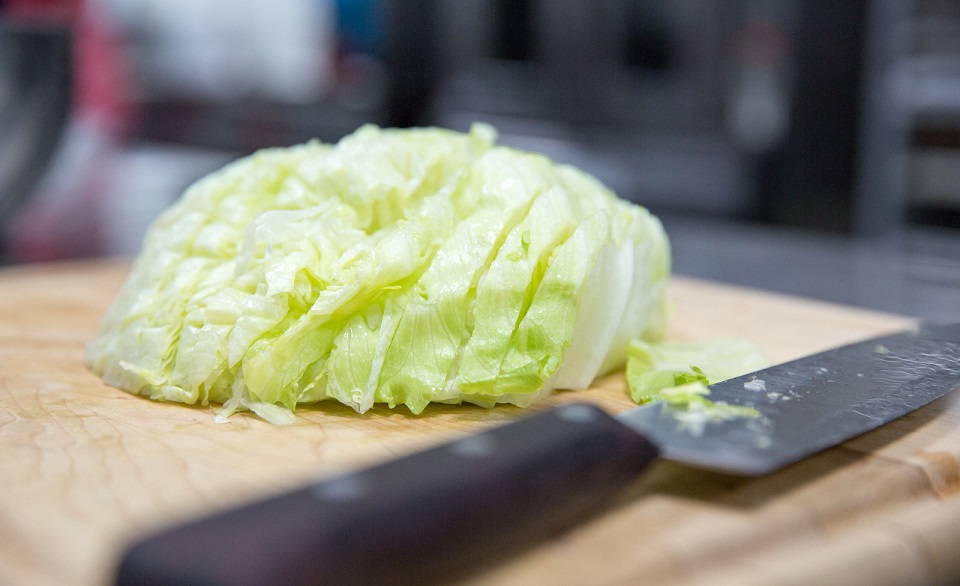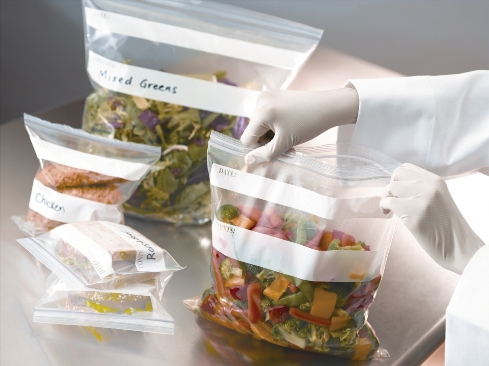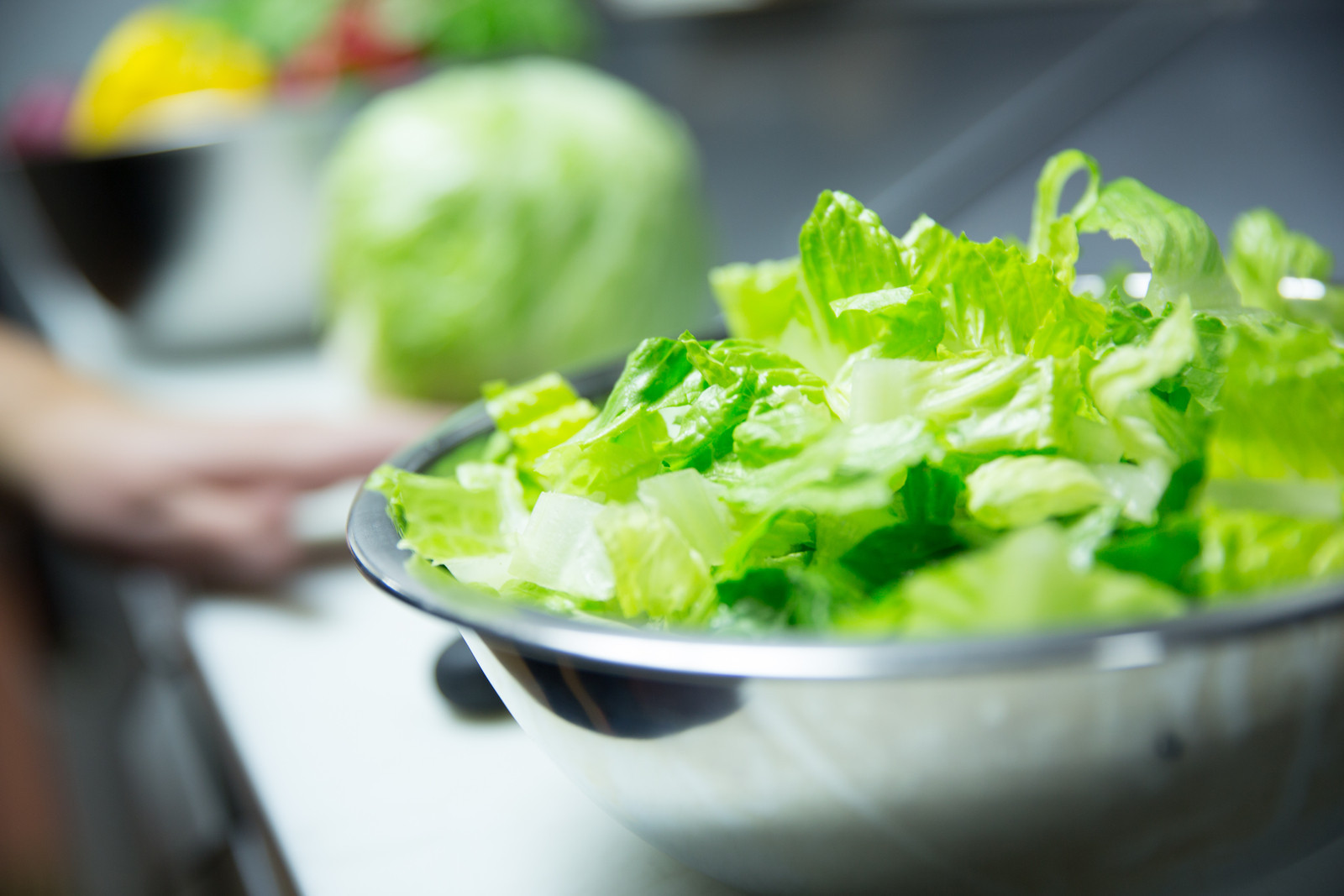Crafting Effective SOPs to Serve as your Food Safety Foundation
As I was writing my last blog, I realized I referenced standard operating procedures (SOPs), assuming that every foodservice operation has them. I know that most chain operations have them, but I suspect that several independent operations may not have a set of SOPs developed for their operations. Because of my suspicion, I made a few calls to friends I know who manage independent operations to find out if I was correct or not. While I only called a handful of operators, I discovered that about 50% of those whom I called did not have SOPs in their operation. Thus, I thought I might focus my blog this week on where to start in crafting effective SOPs for your operation.
Food safety is a top priority in any foodservice operation, and you must agree, otherwise you would not be reading this blog right now. Having clear, structured processes in place is essential for maintaining high standards. Good SOPs are one of the most effective ways to ensure food safety is consistently upheld.
SOPs are detailed, written instructions that guide employees in performing tasks correctly and safely. For foodservice operations, they help minimize risks like contamination, foodborne illness, and improper handling.
Before creating your SOPs, it’s important to understand the key food safety regulations and guidelines that apply to your operation. These regulations will vary by location but generally cover aspects like safe food handling, storage, temperature control, and hygiene. Familiarize yourself with local health codes and national standards, such as those set by the FDA Food Code or ServSafe, to ensure compliance.
Identify the critical food safety processes within your operation – and each operation will be different. Are you an assembly-serve foodservice with minimal cooking on-site or are you a fine dining operation where everything is made from scratch? Regardless of the type of production system you use, there are SOPs that you will need and determining these processes is a vital first step. These are the areas where errors or lapses in procedures can result in foodborne illnesses, contamination, or safety hazards. These high-risk areas are where SOPs will make the biggest impact.
Some critical processes to focus on:
Once you’ve identified the key processes and risks, it’s time to develop detailed SOPs that cover each of these identified areas. Each procedure should be simple, clear, and easy to follow, leaving no room for ambiguity.
…the areas where errors or lapses in procedures can result in foodborne illnesses [and] these high-risk areas are where SOPs will make the biggest impact.
Each SOP should include a detailed, step-by-step description of the task, from start to finish. Be specific about what needs to be done and who is responsible for each step. For example, if the SOP is about proper handwashing, it should detail the steps of handwashing, how long it should take, and when employees should wash their hands (for example, before handling food, after touching raw meat, when returning to the kitchen, etc.).
Within the SOP, be sure to list any tools, equipment, or supplies needed to complete each task safely. For example, if an SOP involves using a food thermometer, specify the types of thermometers to use and how to calibrate them. Many food safety procedures require ongoing monitoring (e.g., temperature checks, cleaning schedules). Clearly define how often these checks should occur and who is responsible for them.
If your head is spinning with all the work this will take, there are some tools that could help. Two of my favorites are the Iowa State University SOP documents and The Institute of Child Nutrition SOP documents. Both are available free of charge. These are great places to start, but be sure to adapt them to your operation and your local food safety regulations.
SOPs are only effective if your staff understands and follows them. Regular training is essential to ensure that employees are familiar with food safety procedures and know how to apply them in their day-to-day tasks.
It is also important to remember that once you have your SOPs established, food safety guidelines, regulations, and industry best practices can change over time. It’s important to periodically review your SOPs to ensure they remain up to date and compliant with the latest food safety standards. Risk Nothing.
READ MORE POSTS
Routes of Foodborne Illness & Germs
From your sniffling coworker to the raw chicken on your kitchen cutting board, everyday life is full of potential infectious hazards. With germs so common and seemingly everywhere, knowing how germs spread is vital to preventing infection and foodborne illness. There are seven possible ways for the transmission of bacteria and viruses to take place. Although some of these microorganisms in our environment are good for us and protect us, disease causing pathogens are the germs or bad guys.
Handling Leafy Green Salad
We have had several produce outbreaks of foodborne disease from our lettuce, spinach, and other greens in the last several years that have been devastating to the produce growers and distributors, retail grocery stores, restaurants, and consumers.
Food Packaging Safety in a Vacuum
Extending the shelf life of fresh foods has come a long way in the food industry since curing meats with salt and sugar or canning vegetables with heat processing. The food service and consumer markets needed some better visual packages to draw the eye to the freshness factor and the technology of food packaging has filled our dinner plate. Vacuum packaging and modified atmosphere packaging, shortened to “MAP”, are the terms used for the method of food packaging used every time we choose convenience over more complex scratch meal preparation. According to industry statistics, billions of packages of vacuum and MAP-packaged foods flood the marketplace today. In both modified-atmosphere and vacuum packaging, food is packaged in a pouch made of barrier film.
The Eleven Commandments of Food Safety at Your Restaurant
Lists help us remember all kinds of information. Given the list of recent national foodborne outbreaks in the news, keep repeating this list to your food service team. They are kind of like “commandments”. As a professional in a food service facility we should think of the very basic food safety concepts that every crew member should aspire to learn, even though this list may have different priorities based on your menu. The first 3 apply to anyone who serves food, from a bag of popcorn to a full course meal. As chefs or managers, if we can “set the example” by repeating good food safety practices visibly to the crew, it will help them understand how important it is to the success of your facility. Thou shalt:










